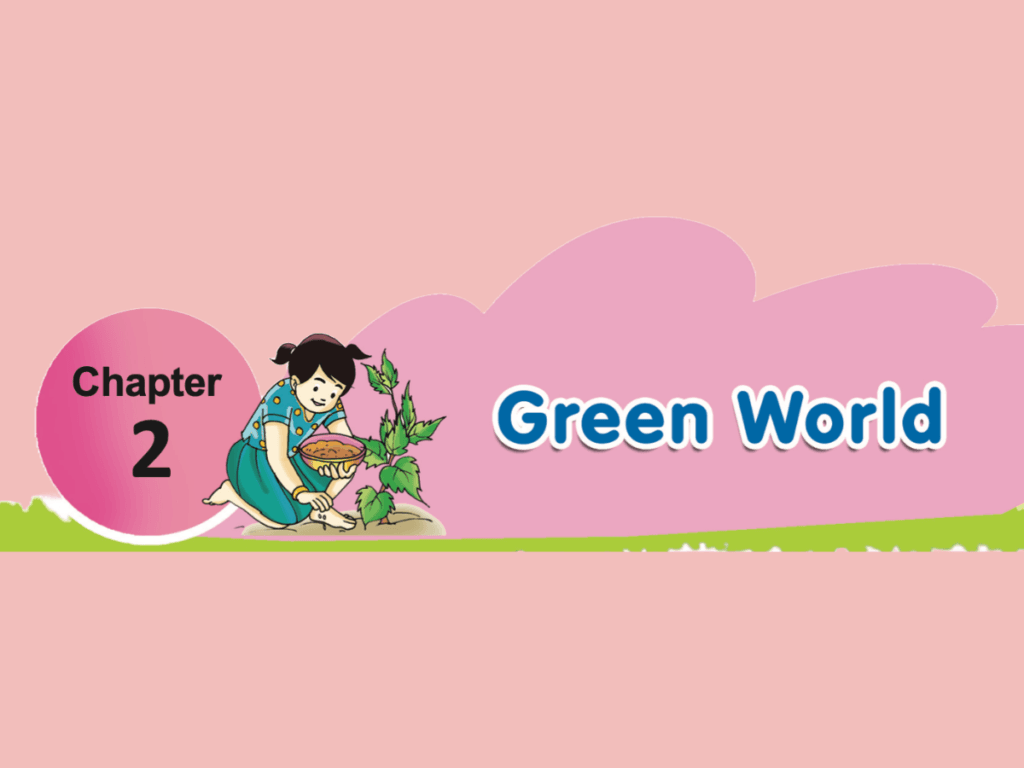Chapter 2 Green World | Class 4 | EVS | APSCERT

Here are the answers for the “Improve Your Learning” section of the lesson “Green World”. I. Conceptual Understanding 1. Write a brief note on the uses of plants. • Plants are very useful to us. They provide us with food, oxygen, medicines, timber, and fibres. Roots like carrot and beetroot are eaten as food, while flowers […]
